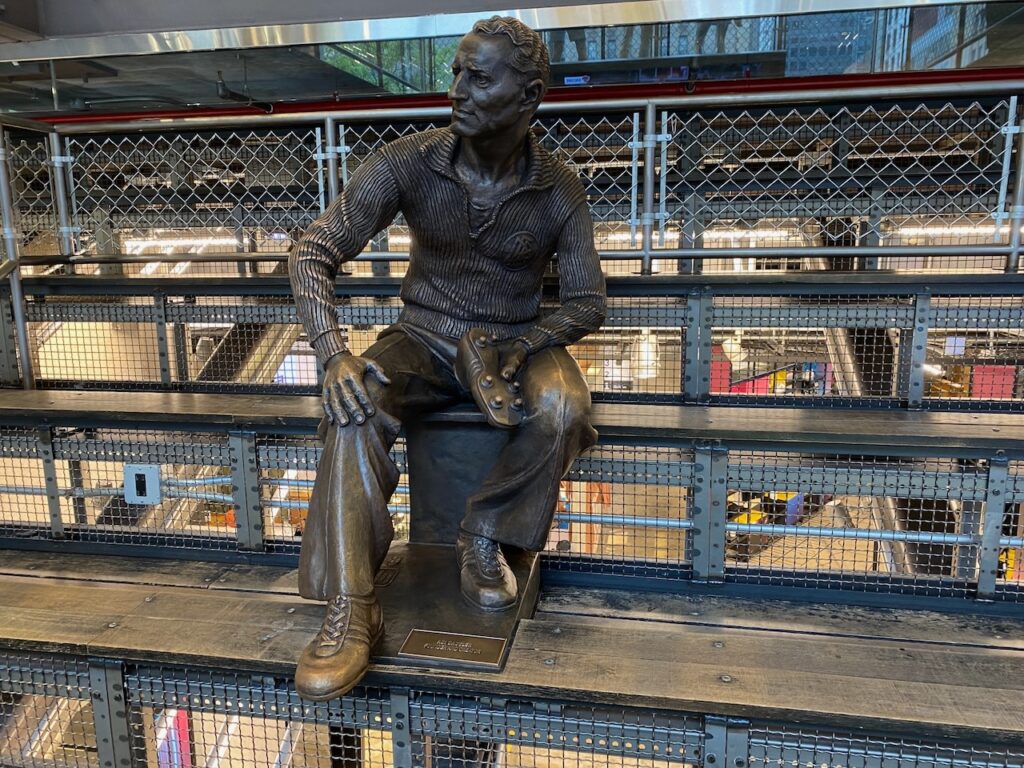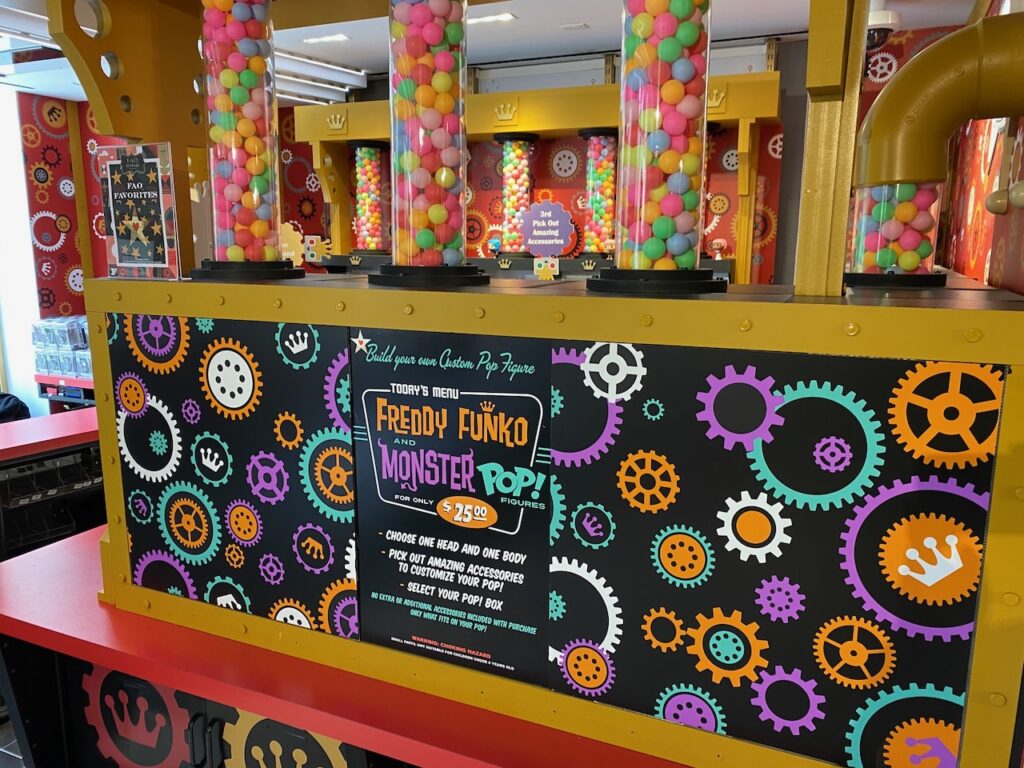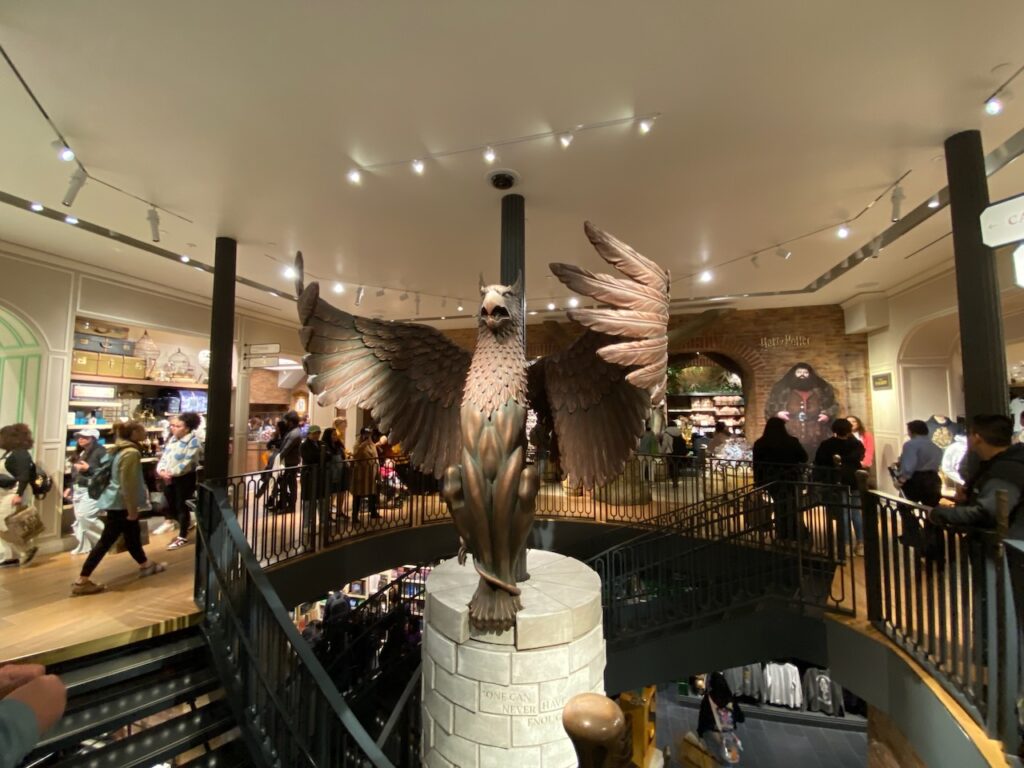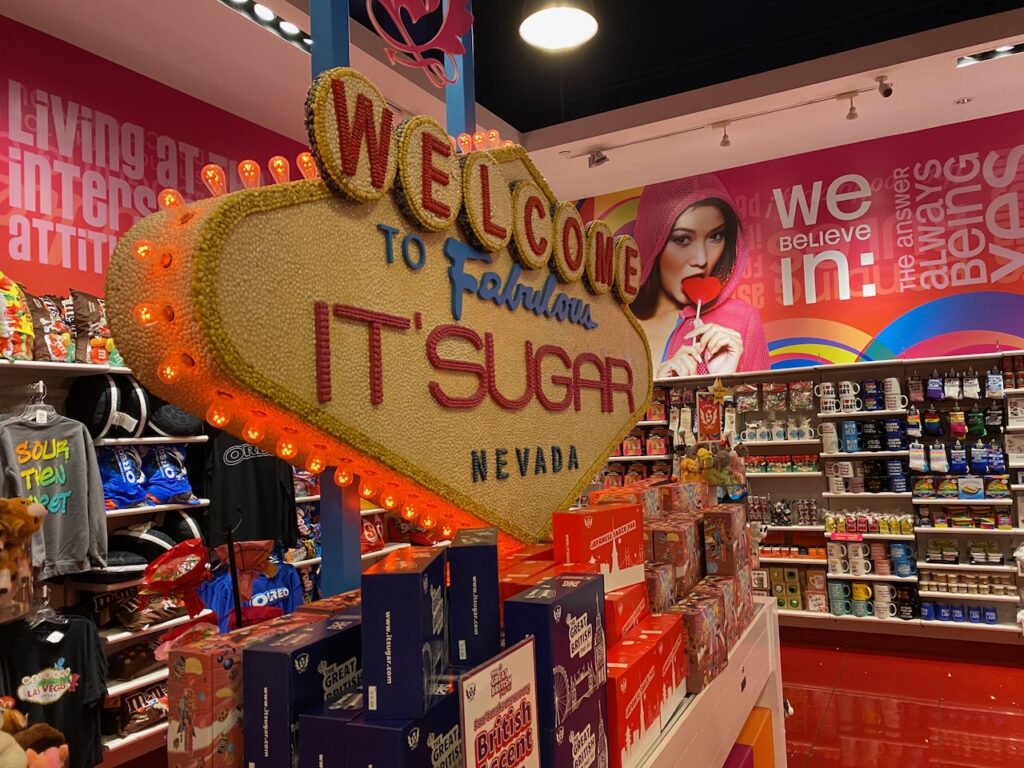The retail world is undergoing a seismic shift, driven by consumers who crave more than just a transaction—they want an experience.
This demand is reshaping how retailers approach their stores, blending technology and personalization to create immersive environments that captivate and engage.
Experience Over Products
Modern consumers prioritize experiences over products. They want shopping to be engaging and fun, not just a routine transaction.
This desire for unique experiences is pushing retailers to create immersive environments where shopping is a form of entertainment. The rise of digital and social media has amplified this trend, as consumers now expect seamless, interactive, and shareable experiences.

Technology Revolution
Technologies like Augmented Reality (AR), Virtual Reality (VR), and Artificial Intelligence (AI) are transforming retail. AR enhances in-store navigation and product interaction, VR offers entirely new worlds to explore, and AI personalizes the shopping experience with tailored recommendations.
These technologies are making shopping more engaging and enjoyable, keeping consumers coming back for more.
Interactive Delight
Shoppers are no longer content to passively browse. They want to interact. Touchscreens, digital mirrors, and gamified elements are becoming staples in modern retail spaces. These interactive features not only entertain but also provide retailers with valuable data on consumer preferences.

Personal Touch
Personalization is a big deal in today’s retail world. Consumers expect tailored recommendations and personalized service. Retailers use data analytics and AI to offer customized shopping experiences, from personalized product suggestions to targeted marketing.
This level of personalization makes shopping more relevant and enjoyable, fostering loyalty and repeat visits.
Immersive Experiences
Leading brands are setting new standards with immersive retail experiences.
Harry Potter New York allows customers and fans of the books to customize an experience around specific houses and product lines in real-time, creating a memory that’s more than a transaction. Starbucks Reserve Roasteries offer a journey into the world of coffee, blending education and entertainment.
These examples show that when shopping becomes an experience, it can be both engaging and profitable.

Social Media Impact
Social media heavily influences consumer behavior in immersive retail. Platforms like Instagram and TikTok have popularized “Instagrammable” moments, pushing retailers to create visually stunning and shareable experiences.
Retailers leverage social media to enhance the immersive experience by encouraging user-generated content and running social media campaigns. Marketers are able to use these experiences to attract new customers, as it’s easier to use real content from real people.
Feedback Loop
Retailers actively seek consumer feedback through surveys, social media, and online reviews. This feedback is crucial for refining and improving immersive experiences. Insights from consumer feedback help retailers understand what resonates most with customers and where there’s room for improvement.
Listening to and acting on customer feedback leads to higher satisfaction and loyalty.

Looking Ahead
The future of retail is set to become even more immersive. We can expect further advancements in AR and VR, more sophisticated AI-driven personalization, and a seamless blend of online and offline experiences. Sustainability will also play a larger role, with consumers favoring brands that demonstrate environmental responsibility.
Challenges and Opportunities
While creating these immersive experiences can be costly and complex, the rewards are significant. Retailers who succeed in this space will differentiate themselves from competitors and build strong customer loyalty. The key will be to balance investment with the ability to adapt to changing consumer preferences.
Success Stories
Brands like Sephora and IKEA are leading the way with immersive experiences. Sephora’s Virtual Artist app lets customers try on makeup virtually, making shopping fun and interactive. IKEA’s app uses AR to help customers visualize how furniture will look in their homes. These examples show the importance of integrating technology to create personalized and interactive experiences.
We’re also starting to see the implementation of real-time technology in traditionally hands-on fields, like the eyewear and paint product lines.
Pandemic Accelerates Change
The COVID-19 pandemic has pushed the retail industry to innovate at an unprecedented pace. Digital and contactless shopping options have become essential, with AR and VR playing crucial roles in this new landscape. Moving forward, we can expect omnichannel strategies that seamlessly integrate online and offline experiences, with a continued focus on health and safety.
Conclusion
As consumer behavior continues to evolve, the demand for immersive retail experiences will grow. Retailers that embrace these changes and invest in innovative technologies and personalized experiences will thrive. By staying attuned to consumer preferences and leveraging the latest trends, retailers can create engaging, memorable, and transformative environments that captivate and inspire their customers.


